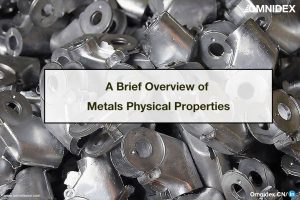

A valve is used in almost every situation that involves the flow of liquid or gas. You control the flow of water through your kitchen sink with a valve. A gas stove brings propane gas into its burners through a different valve.
Outside the home, industrial valves are designed to withstand high pressures, either from fluids or gases, and to last for years in harsh conditions. Almost every utility, whether water, oil or gas, could not operate without heavy-duty, industrial-strength valves.
In many cases, valve manufacturers assemble finished products using parts provided by foundries and machine shops such as OMNIDEX. Here are some of the most common types of valves used in industrial applications worldwide.
A gate valve consists of a metal gate that can be moved up and down to open or close a channel. By raising the gate, the channel is cleared and flow is allowed; by lowering the gate, the channel is blocked.
The gate valve was commonly known as an isolation valve or an on/off valve for decades. Due to their simplicity, they are relatively cost-effective and require fewer parts than other valve types. It is, however, difficult to control them precisely due to their design. The water industry is the most prevalent user of gate valves.
Butterfly valves consist of a channel with a paddle attached through a central axis. A paddle, which is often disc-shaped, can be used to block or open channels.
Butterfly valves are another type of isolation valve which allow large volumes of material to flow through a channel although they offer little control in terms of flow rate. When they open, paddles barely obstruct the flow because they can be positioned parallel to it. A butterfly valve can be controlled via remote actuators more easily than a gate valve, but they are generally only useful at large volumes.
The ball valve consists of a perforated ball and a valve housing, which is usually made of metal. The ball is rotated by turning the valve, increasing the flow when the perforation lines up with the channel.
Several developments have been made in the ball valve market in recent years, such as segmented ball valves that allow greater control over flow rates. Due to these advantages, modern ball valves have a great deal to offer: they are precise, either manually or electronically, and they are capable of handling much higher volumes than globe valves.
Butterfly valves and ball valves are both considered “quarter turn valves” because their members, the ball or the disc, rotate 90 degrees between fully open and fully closed positions.
Globe valves have an S-shaped channel and horizontally oriented valve members that raise and lower to regulate fluid flow.
Compared to other valve types, globe valves can modulate flow more precisely since they are designed as control valves. Furthermore, globe valves offer control in addition via interchangeable inner parts.
This enables the user to change the orifice in the middle as needed. The flow rate offered by ball valves can be 30% – 40% higher than that of globe valves; globe valves restrict flow more than other valves.
Regardless of the type of valve produced, the manufacturing process involves several steps. Cast valve bodies and their inner parts are durable because they can be made of many different components.
To finish valve bodies, all areas where threads will connect to other valve parts or to upstream and downstream pipes must be machined.
A variety of methods can be used to produce inner components. In order to produce the most precise, smooth, and spherical surface, the ball of a ball valve is often machined.
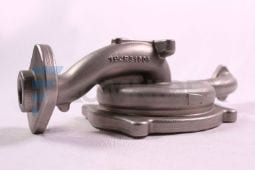
Valve components can be produced using a variety of metal casting methods depending on surface finish and tolerance requirements. With shell mold casting, Omnidex manufactures valve enclosures, bonnets, and other parts.
Investment casting is another method Omnidex uses to manufacture additional components. We also manufacture valve system components for different applications using metal casting processes such as permanent mold casting and greensand casting.
With 19+ years of experience, Omnidex Electronics continues to strive to be a world-class Industrial Manufacturing and Engineering provider.
As a British-owned manufacturing facility in China and Vietnam, offering end-to-end solutions to our OEM customers in the areas of automotive, medical & healthcare, marine, aerospace electronics and more.
Whether you are an emerging start-up company or a blue-chip corporation, we are keen on providing the most adequate solution for your next project. Contact Us to discuss more details or learn more about our other manufacturing processes and services.
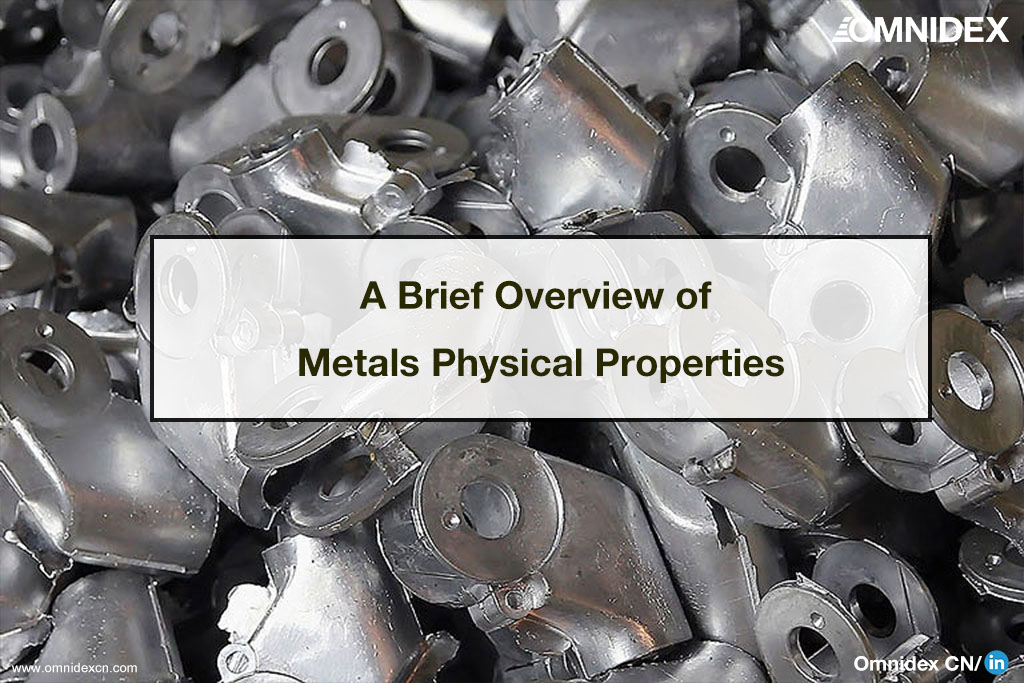
There are many ways to distinguish materials based on their physical properties. Metallurgy studies often look at physical properties as a broader category than mechanical properties. However, not all properties overlap. Using testing methods, physical properties can be distinguished from mechanical properties. In contrast to measuring mechanical properties, measuring physical properties does not require applying force to the material.
Steel is comparatively inexpensive compared to many other metals, which makes it an ideal metal for many projects. Cookware and cutlery, surgical instruments, industrial equipment, and outdoor site furnishings are often made from stainless steel, which has a bright finish and is non-reactive.
The properties and advantages of stainless steel and steel are different, and it is important to understand the differences in aesthetics, properties, and costs before choosing one alloy over the other.
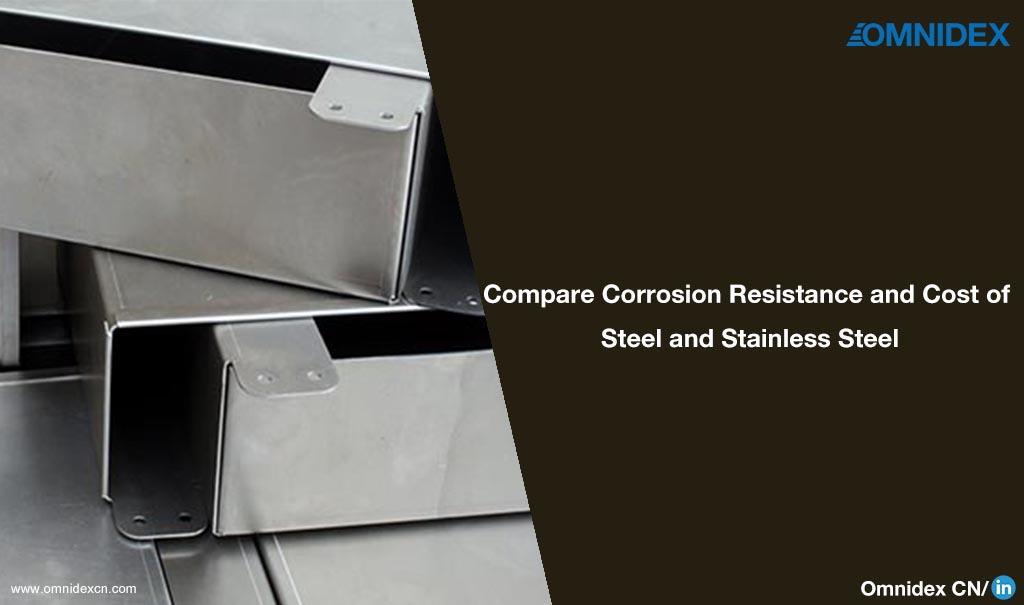
Stainless steel and steel are both reliable metals, used in a wide range of applications, from large to tiny components. Which is the better option? Basically, it all depends !
Steel is comparatively inexpensive compared to many other metals, which makes it an ideal metal for many projects. Cookware and cutlery, surgical instruments, industrial equipment, and outdoor site furnishings are often made from stainless steel, which has a bright finish and is non-reactive.
The properties and advantages of stainless steel and steel are different, and it is important to understand the differences in aesthetics, properties, and costs before choosing one alloy over the other.
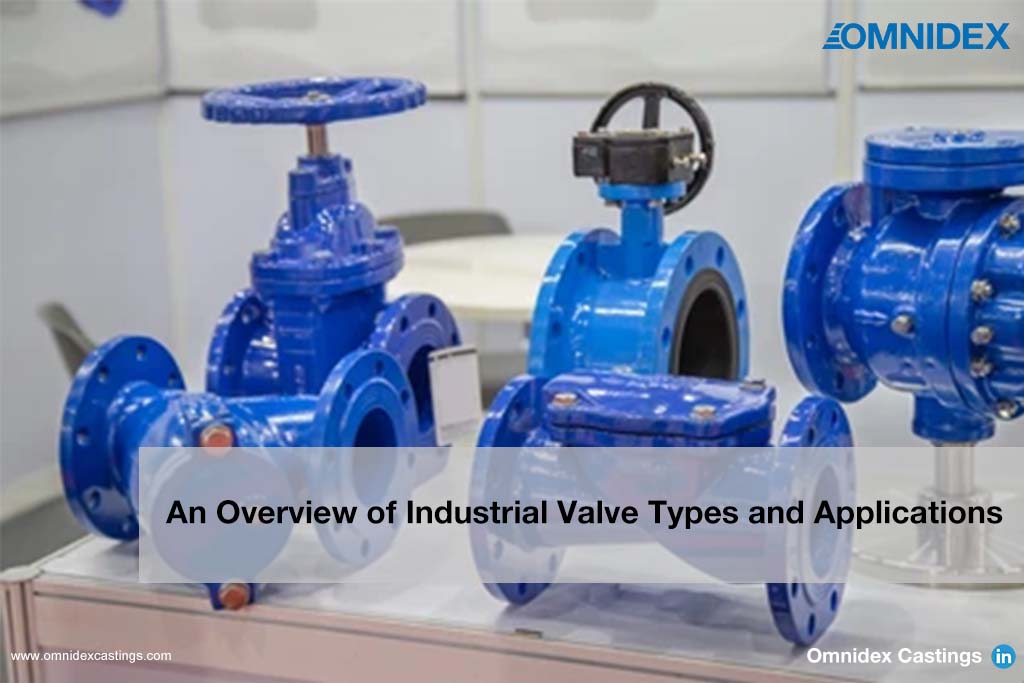
A valve is used in almost every situation that involves the flow of liquid or gas. You control the flow of water through your kitchen sink with a valve. A gas stove brings propane gas into its burners through a different valve. Outside the home, industrial valves are designed to withstand high pressures, either from fluids or gases, and to last for years in harsh conditions. Almost every utility, whether water, oil or gas, could not operate without heavy-duty, industrial-strength valves.
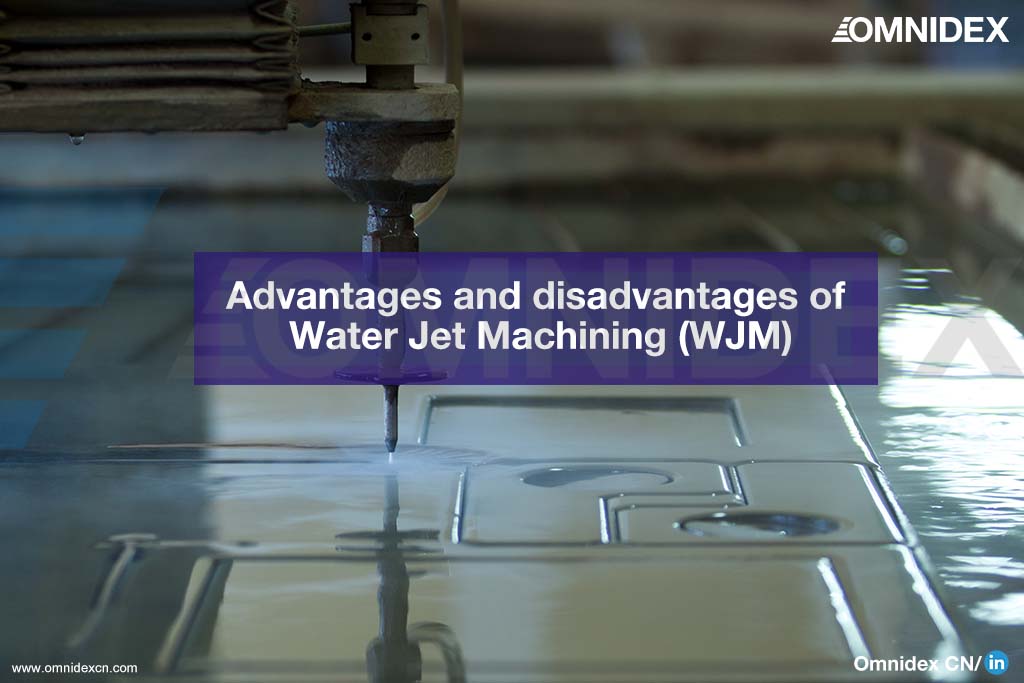
The Water Jet Machining (WJM) process is an advanced, non-conventional machining process wherein a water jet is fired at the workpiece. The jet erodes the material of the workpiece and causes it to become shaped, i.e. jetting is a machining process that utilizes a water jet to remove material from a workpiece…
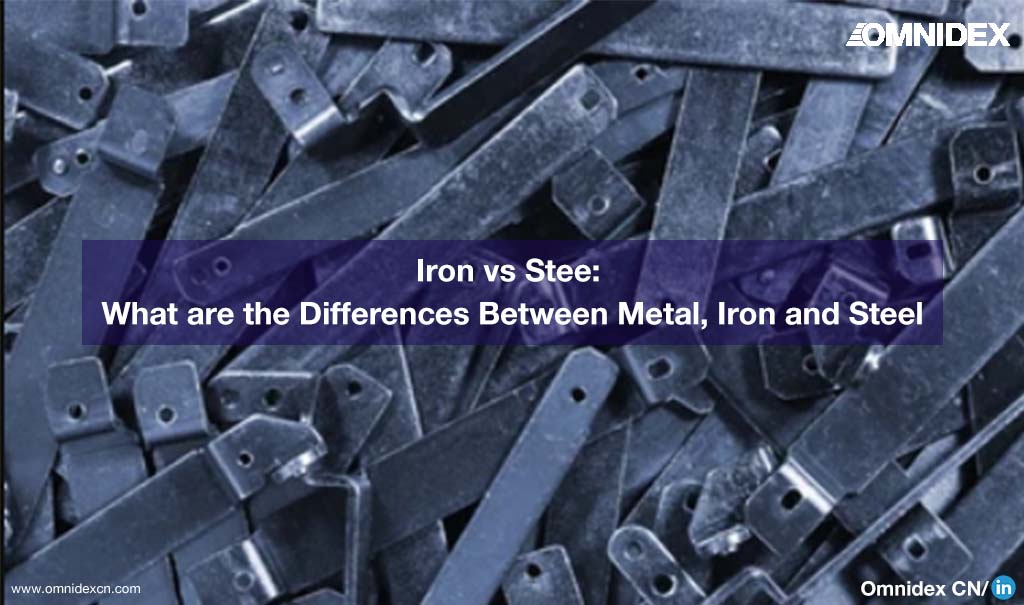
Today, we can’t imagine a world without metal structures, which are used in everything from the car industry to construction. Despite the fact that concepts like iron, steel, and metal are used every day, many still wonder if there is any difference between them. Iron, metal, and steel are all commonly used as synonyms, and this is one of the most common mistakes made every day…
Contact our Customer Service and let us know how we can help to catapult your next project to success.
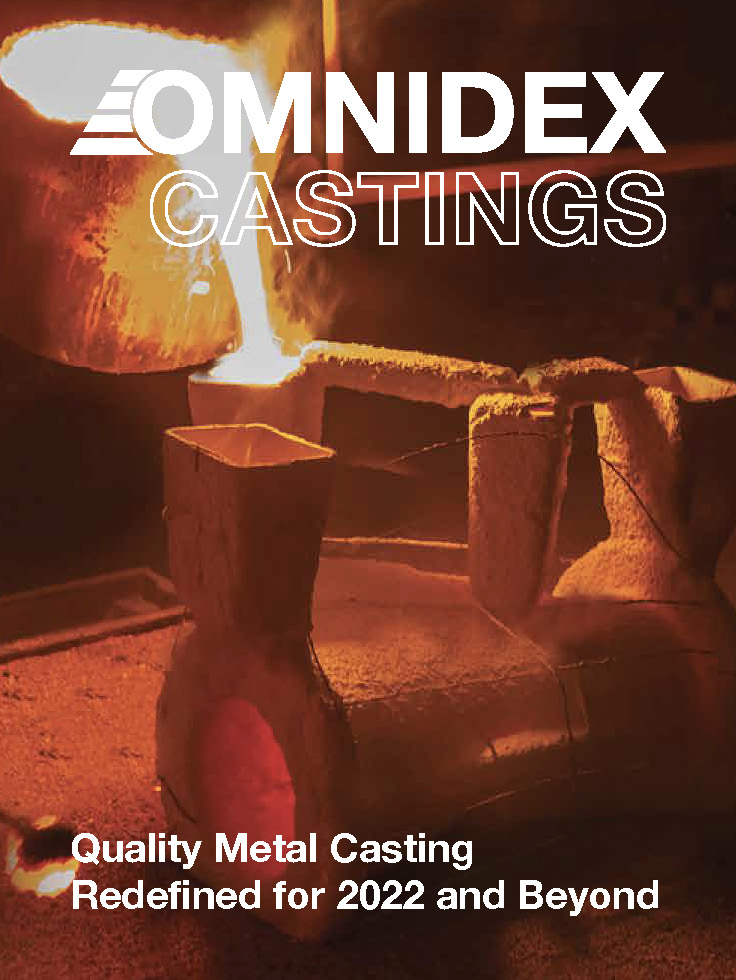
If you are looking for metal casting services, our brochure is a great way to discover what Omnidex has to offer. You can download HERE or EXPLORE HERE to learn more or .


If you are looking for metal casting services, our brochure is a great way to discover what Omnidex has to offer. You can download HERE to learn more.

Copyright © 2024 Omnidex. All rights reserved.